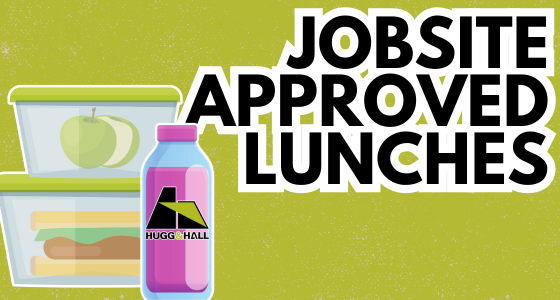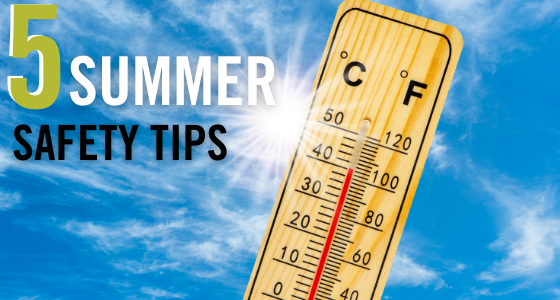
Jobsite Approved Lunches
Jobsites can be unpredictable, especially while the heat of summer is in full effect! As...

Jobsites can be unpredictable, especially while the heat of summer is in full effect! As...

The summer months come and go in the blink of an eye, but warmer temperatures...